The No-Waste Sourdough Starter Method
My Sourdough Starter Feeding Schedule
As a sourdough baker, I’m always on the lookout for techniques that can help streamline the process and reduce waste. That’s why I’m a big proponent of the “no-waste” or “no-discard” sourdough starter method.
Let me share with you how this approach can revolutionize the way you maintain and use your sourdough starter, whether you keep it at room temperature or in the refrigerator.
The Problem with Traditional Sourdough Starter Maintenance
Traditionally, when maintaining a sourdough starter, bakers are often instructed to regularly discard a portion of the starter before feeding it fresh flour and water. This helps keep the starter at a manageable size and prevents it from becoming overly acidic or stagnant.
Did You Know?
If you didn’t discard at all, a starter that’s 50g turns into 241lbs by the 7th feeding!
However, this process results in a lot of waste – all that discarded starter ends up in the trash or compost. Not only is this wasteful, but it means you’re constantly having to use extra flour to keep your starter fed and healthy.
The No-Waste Sourdough Starter Method
The no-waste method I use solves this problem elegantly. Instead of regularly discarding a portion of the starter, I maintain an incredibly small amount – just 10 grams – and scale it up as needed when it’s time to bake.
Here’s how it works:
Room Temp Storage
I bake everyday. So I keep a 10g starter on my counter, feeding it a 1:5:5 ratio right before bed and when I wake up.
Refrigerator Storage
If you prefer to store your starter in the fridge, the no-waste method can still be applied too! The key differences are:
The beauty of this approach is that I almost never have any sourdough discard to worry about. The small 10-gram starter I maintain is just enough to keep the culture thriving, and I only scale it up when I need it for baking.
The benefits of the no-waste method remain the same, whether you store your starter on the countertop or in the fridge. By maintaining a tiny amount and scaling up as needed, you’ll drastically reduce waste and simplify the overall starter maintenance process.
Benefits of the No-Waste Method
There are several key advantages to using the no-waste sourdough starter method:
Whether you prefer to store your starter at room temperature or in the refrigerator, the no-waste method is a game-changer that makes the overall sourdough baking process simpler, more sustainable, and more cost-effective. Give it a try and experience the benefits for yourself!


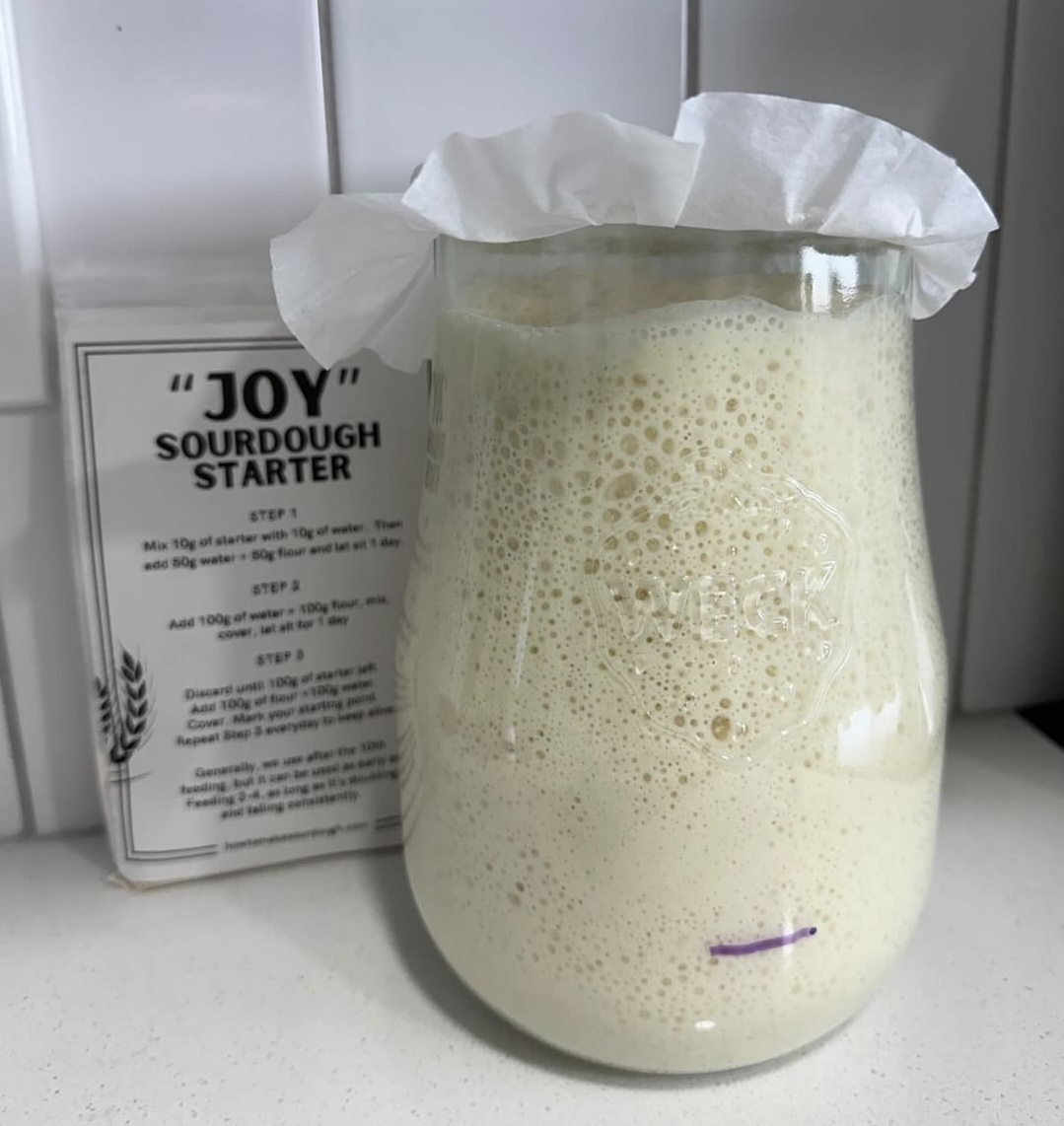
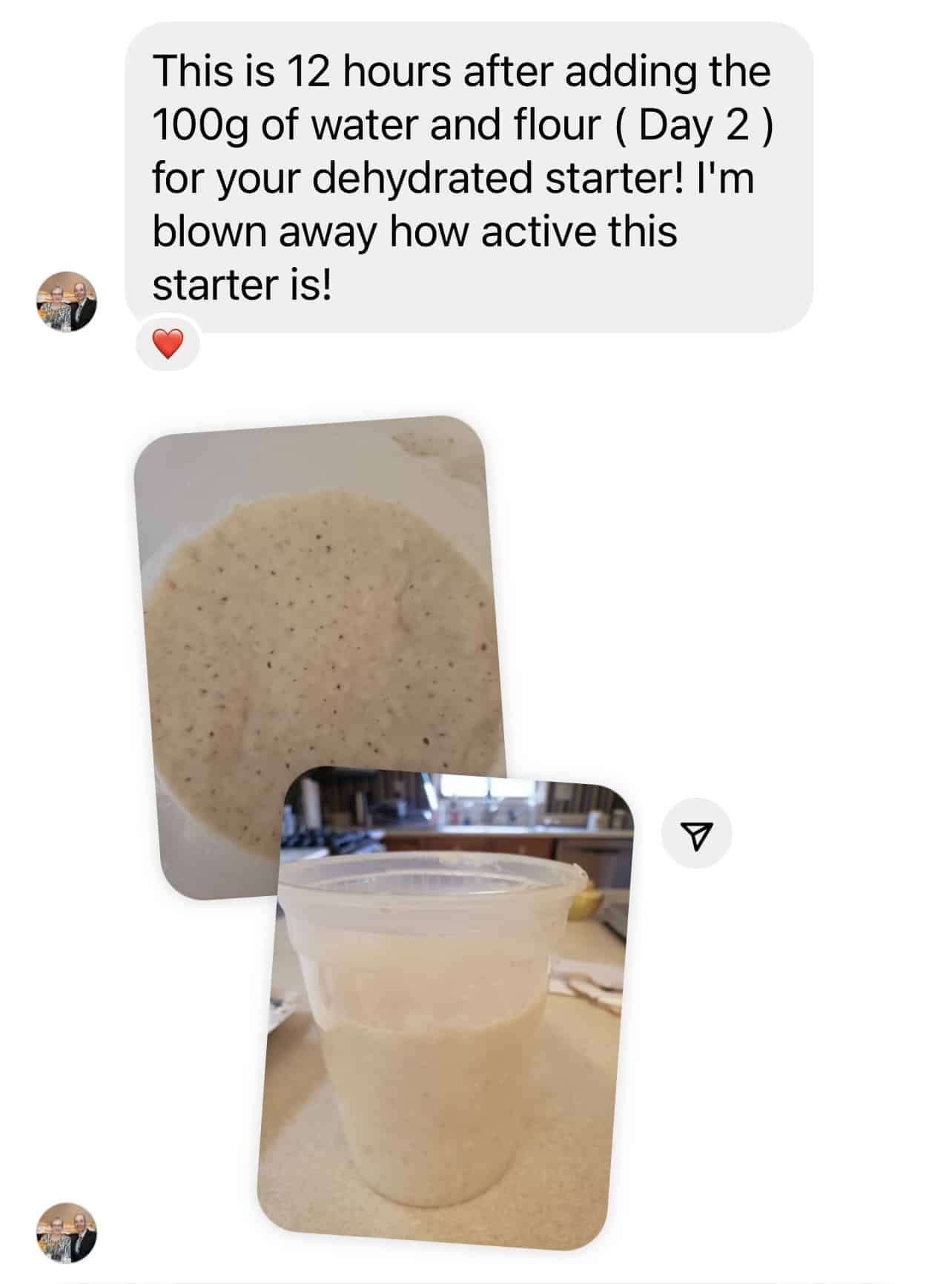
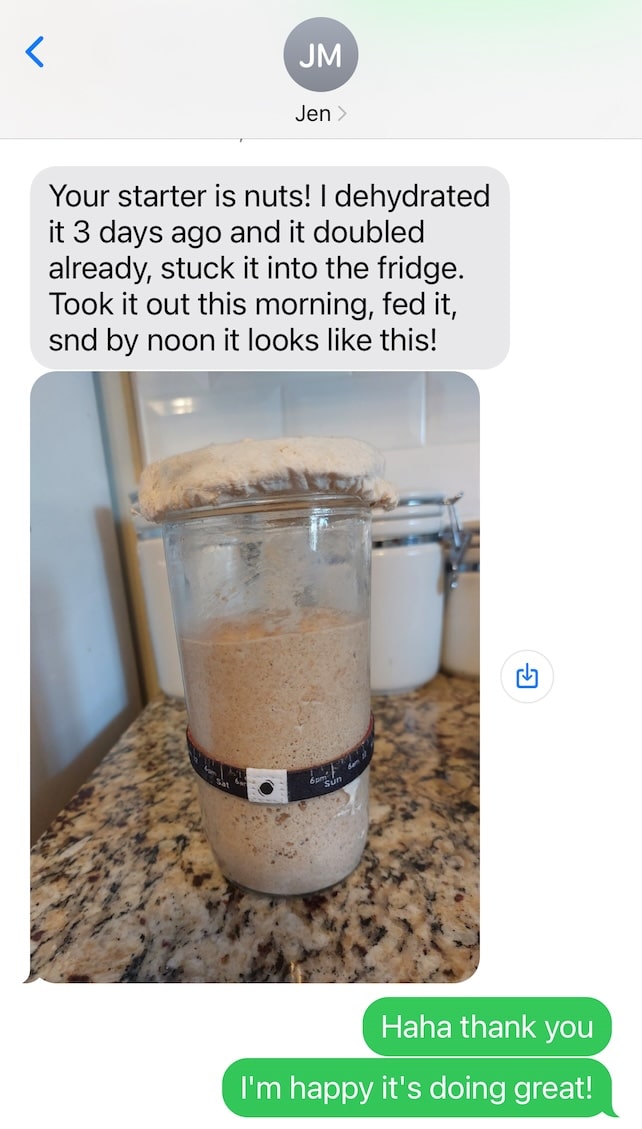
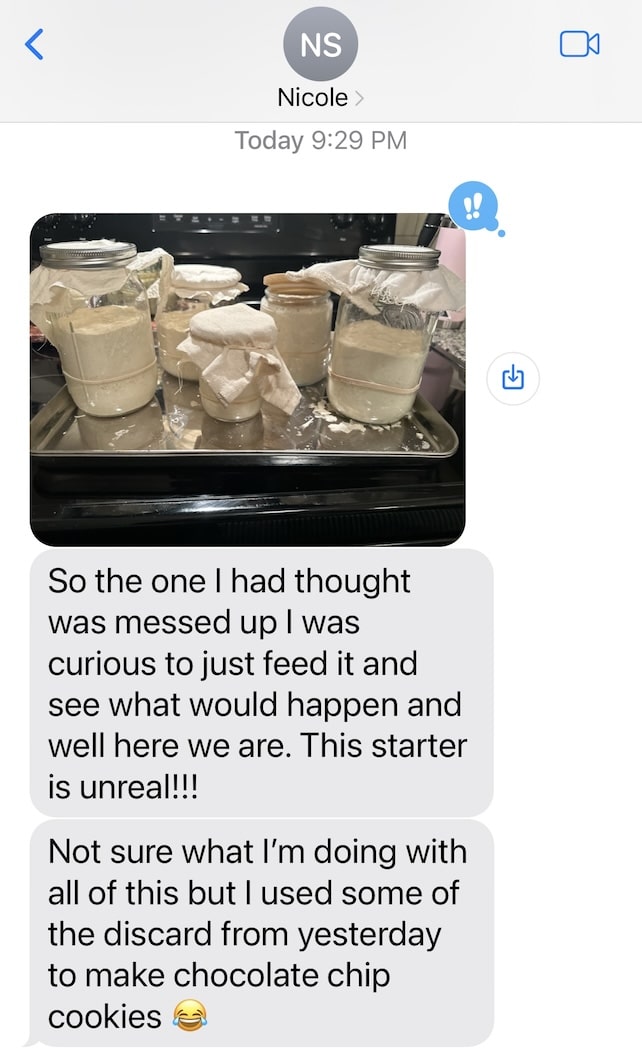
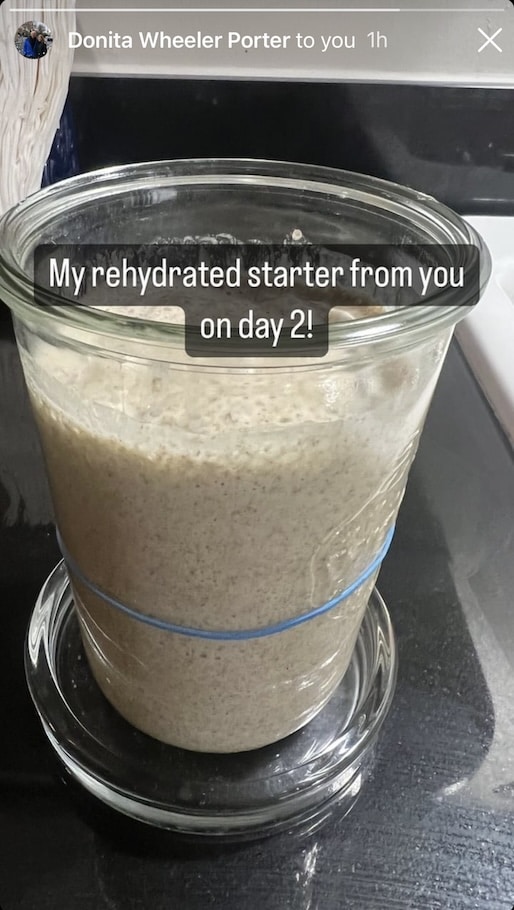
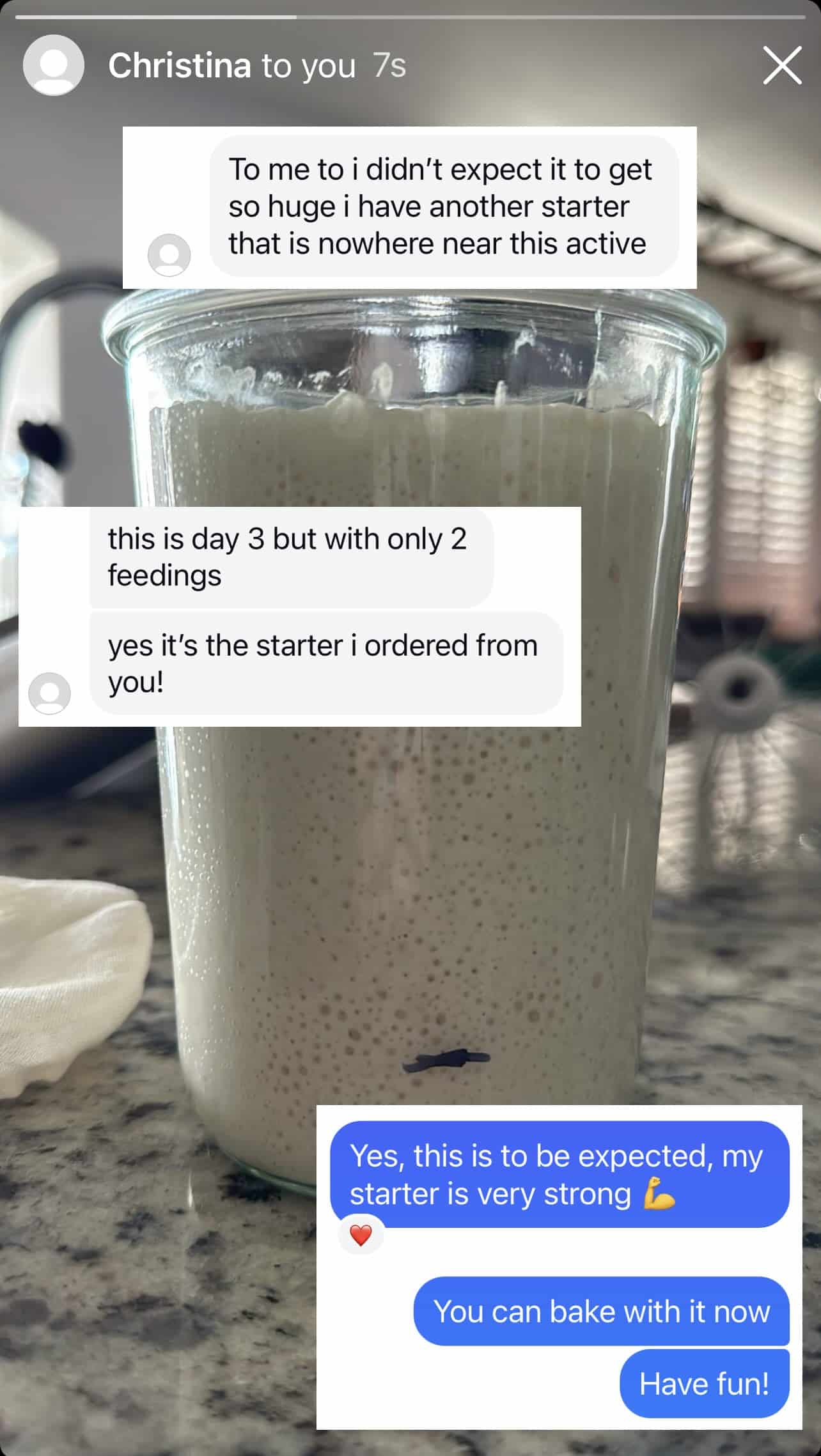
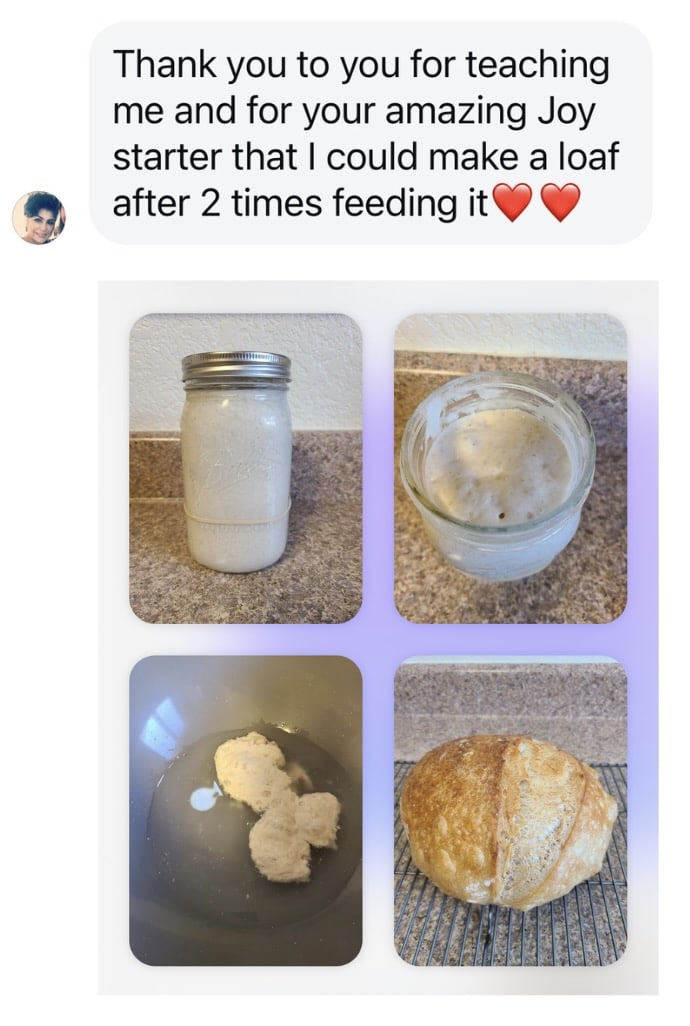
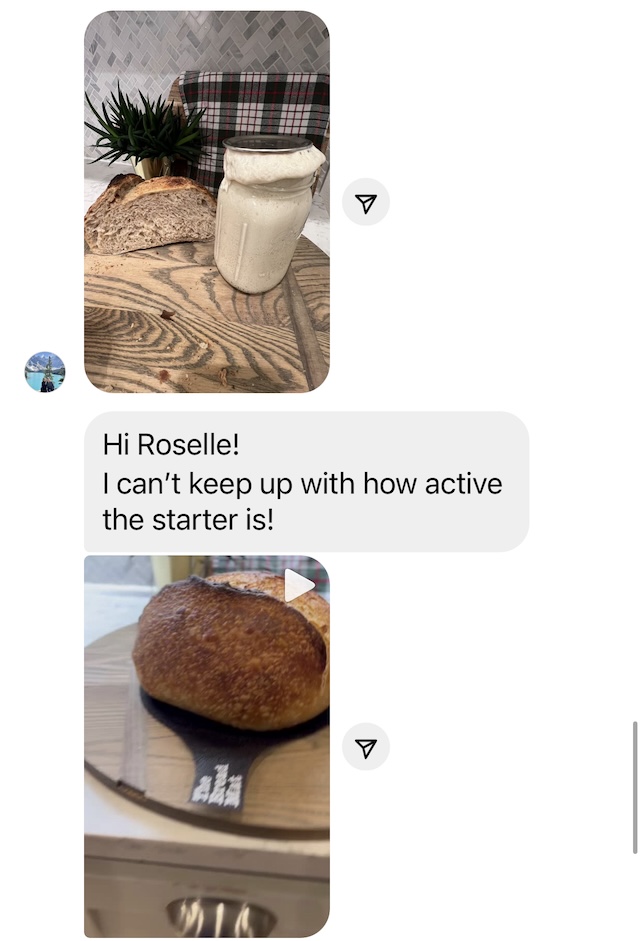
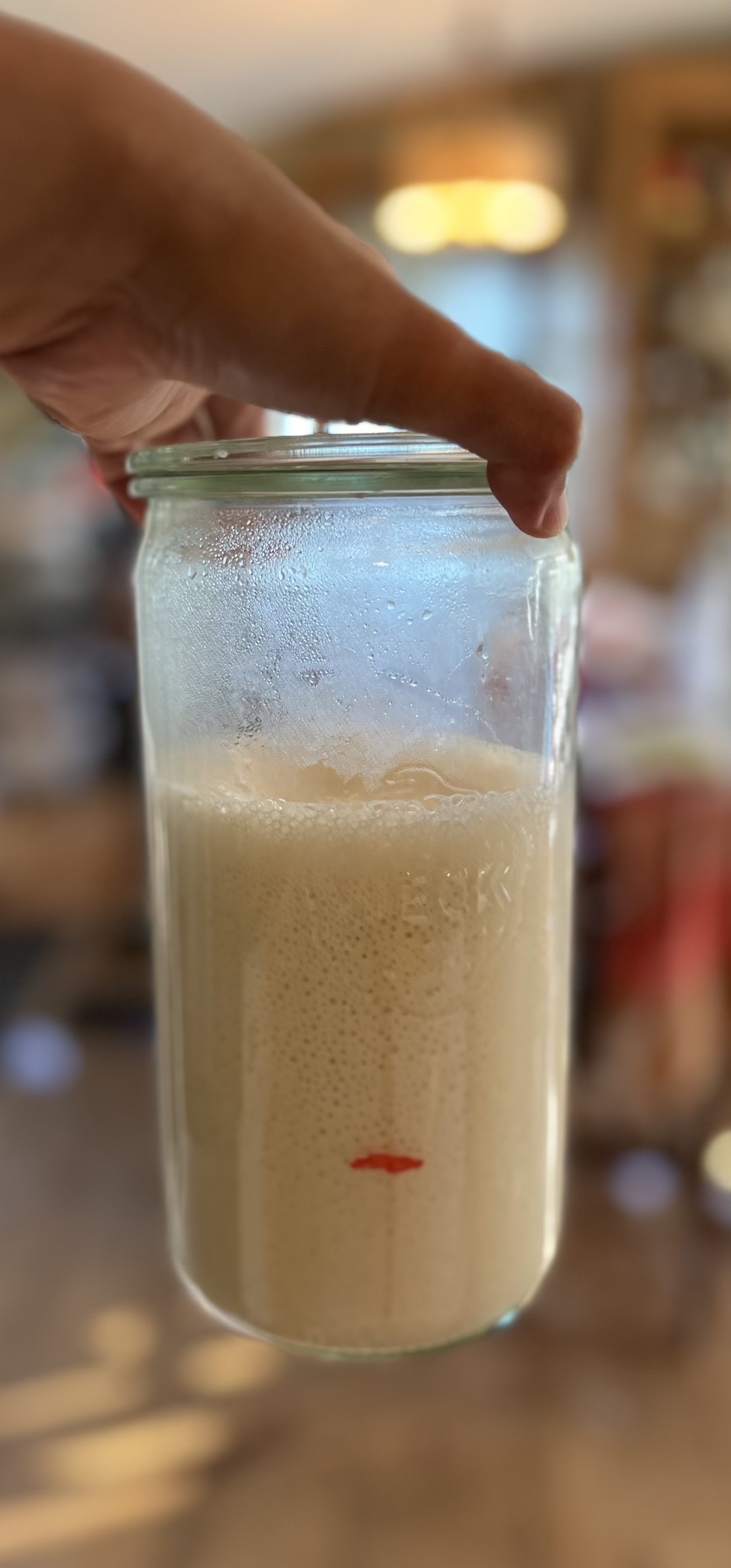
 — I'm Roselle
— I'm Roselle